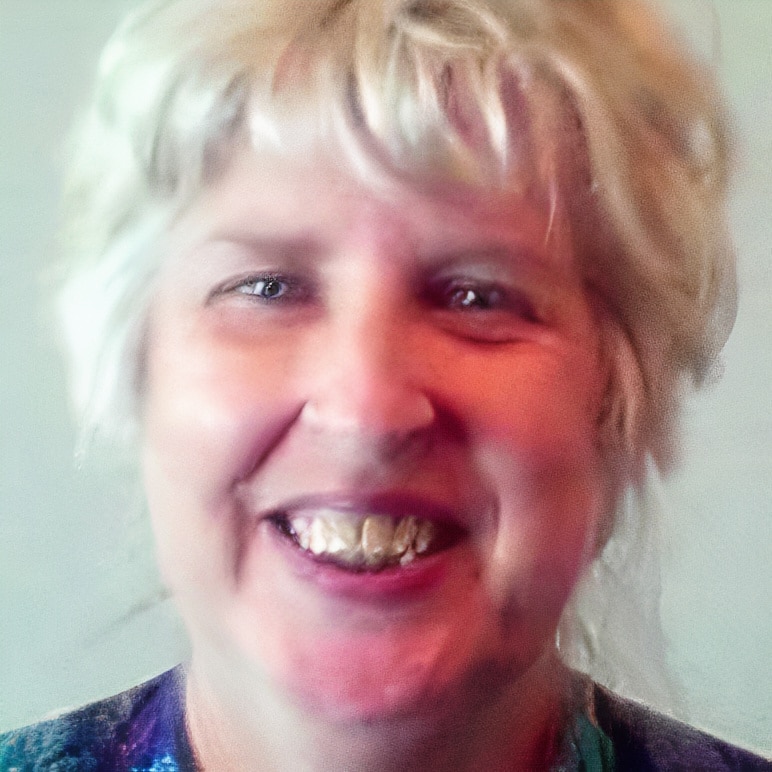Elizabeth A. Rauscher, Ph.D. was associated with the University of California, Berkeley, CA (UCB), Lawrence Berkeley National Laboratory (LBNL) from 1964 until 1979, first as a graduate student and then as a research staff member. From 1964 until 1966 she was with the theoretical nuclear science division and from 1966-1969, with the Lawrence Livermore National Laboratory (LLNL) Theoretical Nuclear, Plasma and Astrophysical Program. From 1969 until 1974 she was associated with the theoretical particle physics group and from 1974 until 1977 she was associated with the Nuclear Science Theoretical and experimental Bevatron accelerator program from 1977 until 1979 she was on staff with the Nuclear Physics G.T. Seaborg research group.
Dr. Rauscher held concurrent invited positions at the Stanford Linear Accelerator Center (SLAC) from 1971 to 1972 and was a consultant of the Stanford Research Institute (SRI) Radio Physics Laboratory 1974-1977 in theoretical relativistic physics. She also held a Navy grant from 1970-1974 through U.C. Berkeley and also she held an Air Force consulting position in 1979 an antennae theory and in 1979 and 1989, she was a delegate to the United Nations on long term energy sources and environmental issues. As a consultant and adjunct professor at the University of Nevada, she conducted theoretical research and advised experimental programs on fast light ion-atom collisions, primarily helium to calculate high resolution extreme ultraviolet (EUV) emission cross sections 1990-1995 in which she worked with faculty and graduate students in completing their graduate programs. From 1997-1999 she conducted research on generalized quantum theory and relativistic invariance under a Stanford Engineering research grant.
Dr. Rauscher has been a delegate to the United Nations in 1979, and 1989 and a research consultant to NASA (1983-1985), a staff researcher at Stanford Research Institute, SRI International (1974-1977) and held a Stanford University Grant, 1997-1999. She has conducted extensive consulting research and invited lectures in the U.S.A., England, Europe, Japan, Korea, India, Africa, South America, Canada, Mexico, and Bermuda. She has published over 200 papers, 4 books. She holds 3 U.S. patents and 1 European patent with Dr. W.L. Van Bise. Co-authored with Dr. William L. Van Bise a number of research papers on electromagnetic phenomena and geophysical activity and is a co-author on a US patent on an extremely sensitive magnetometer to measure the fluctuation in electromagnetic fields associated with and prior to earthquakes, volcanic eruptions and ionospheric disturbances. Besides developing some design features of the magnetometer system, data analysis and statistical analysis, she has developed geoelectric and geomagnetic theoretical models. She and Dr. Van Bise are conducting extensive research into geophysical phenomena at the Electromagnetic Laboratories of Arizona, U.S.
Dr. Rauscher is a member of American Physical Society, The Mathematical Society of America, The American Association for the Advancement of Science, American Nuclear Society, Institute of Electronic and Electrical Engineers, International Society for the Study of Energy Medicine, American Associates of Medical Instruments and American Association of Mathematics. She has been recognized for her major contributions in Marquis Who’s Who of Men and Women in Science, Golden State Who’s Who in the West, Who’s Who in California, Who’s Who in Technology Today, Leading Consultants in Technology, who’s Who Historical Society, Men of Achievement, Community Leaders of America, Who’s Who of American Inventors, World Leadership Award (England), Outstanding Teachers Award, Award for Significant Research Joint ABC/USA, DOE top ten women in USA in science sward, USPA Leaders of America Life Time Membership Award, lota Sigma Pi fellow, Delta Delta Delta scholarships at UCB. She graduated with honors and presidential Commendation for service to the University of California, Berkeley. She has received numerous honors.




